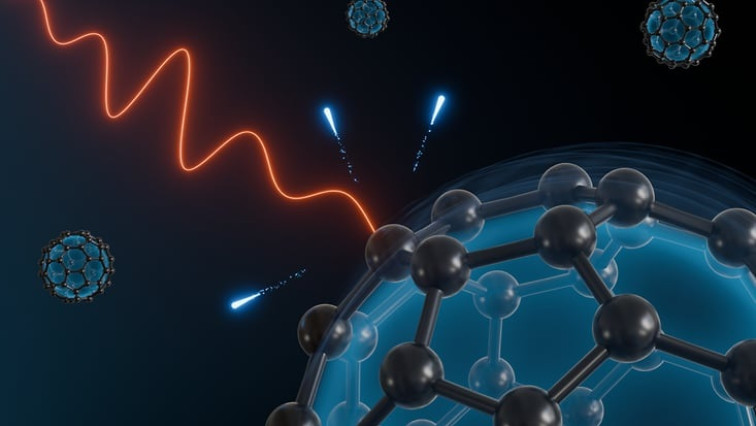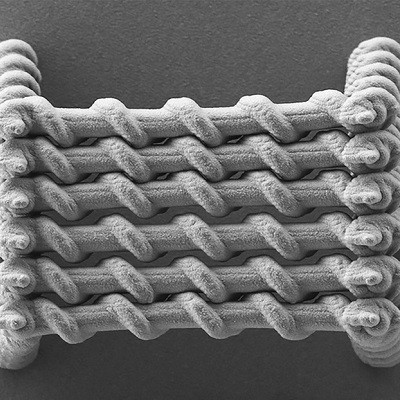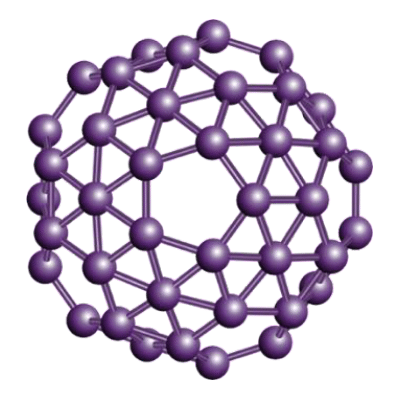Plasmons are collective electronic excitations that give rise to unique effects in matter. They provide a means of achieving extreme light confinement, enabling groundbreaking applications such as efficient solar energy harvesting, ultrafine sensor technology, and enhanced photocatalysis. The miniaturization of plasmonic structures at the nanoscale has led to the birth of the exciting field of nanoplasmonics, where optical energy can be confined and manipulated at unprecedented scales. “This cutting-edge research is opening new avenues for the development of ultra-compact, high-performance platforms, where light-matter interactions can be controlled by taking advantage of quantum effects emerging at the nanoscale,” says Francesca Calegari, head of the Attosecond Science group, professor at the University of Hamburg, lead scientist at DESY and spokesperson of the Cluster of Excellence “CUI: Advanced Imaging of Matter”.
The understanding of plasmonics at the few-nanometer scale remains limited
While the properties of plasmonic resonances in systems with dimensions down to about 10 nanometers are well understood, the understanding of plasmonics at the few-nanometer or sub-nanometer scale remains limited. In these systems, fullerenes present a unique case: These cage-like molecules, composed of carbon atoms display giant plasmonic resonances at extreme ultraviolet (XUV) energies, which can trigger photoemission. The linewidths of these resonances are ultrabroad, suggesting potential attosecond lifetimes. An attosecond is a billionth of a billionth of a second.
The ultrafast dynamics of these systems offer an exceptional platform for probing the fundamental physical mechanisms that govern the collective electronic motion in sub-nanometer plasmonic particles. „Understanding these mechanisms is crucial for advancing the field of nanoplasmonics,“ says Andrea Trabattoni, researcher at DESY and Associate Professor at Leibniz University Hanover (LUH).
Investigating the plasmon dynamics of the most abundant fullerene
In their study, the scientists employed attosecond spectroscopy to experimentally and theoretically investigate the plasmon dynamics of the most abundant fullerene, C₆₀. The molecules were photoionized by an ultrashort extreme ultraviolet pulse of 300 attoseconds. Using attosecond photoemission spectroscopy, the scientists precisely measured the delay required for the electron to escape the molecule during plasmonic excitation. They found that the electron, propagating within the plasmonic potential, accumulates a photoemission delay ranging from a minimum of 50 attoseconds to about 300 attoseconds, depending on its kinetic energy.
Supported by quantum mechanical models, the group attributes this delay to electronic quantum correlations. These findings highlight the need to extend beyond the classical picture of collective electron motion to fully understand the dynamics of these ultrafast, confined environments.
“By measuring the delay induced by quantum correlations, we are unlocking new insights into the interplay between electronic coherence and confinement at sub-nanometer scales,” says Matthias Kling, professor of photon science at Stanford University and Science and R&D division director at LCLS, SLAC National Accelerator Laboratory. “This work demonstrates the power of attosecond techniques to probe the quantum nature of matter and opens the door to novel approaches in manipulating ultrafast dynamics for future technologies.”
Read the original article on University of Hamburg.







